|
Jared Isaacman, the billionaire entrepreneur who led the first all-private-citizen crew to orbit in September, has commissioned three additional spaceflight missions in what amounts to a privately funded space program with Elon Musk’s SpaceX. Like NASA’s Mercury, Gemini and Apollo programs at the dawn of the Space Age, the flights — dubbed Polaris, for the North Star — will seek to systematically chart new territory in bold, groundbreaking missions. In doing so, they would dramatically accelerate the progress of commercial spaceflight in what has become a new era of exploration, where private companies — and people — are claiming the rarefied territory that was once the exclusive domain of governments. The first flight, which could come by the end of the year, will aim to send a crew of four farther than any other human spaceflight in 50 years and feature the first private-citizen spacewalk, Isaacman said in an exclusive interview with The Washington Post. The second flight also would be aboard SpaceX’s Dragon spacecraft, the vehicle that NASA now relies on to fly astronauts to the International Space Station. The third flight in the series, however, would be the first crewed mission of the next-generation Starship spacecraft, now under development by SpaceX and which NASA intends to use to land astronauts on the moon. Last year, Isaacman, the founder and CEO of Shift4, a payment processing company, funded what was called the Inspiration4 mission. That flight sent Isaacman and three other private citizens — strangers until they were chosen for the mission — into orbit for three days in a flight that raised more than $240 million for St. Jude Children’s Research Hospital. The flight reached an altitude of 367 miles, higher than the Hubble Space Telescope and most space shuttle flights, and was operated entirely by SpaceX, which trained the crew, provided their spacesuits, kept them alive in orbit and then plucked them from the Gulf of Mexico after they returned to Earth. With NASA watching from the sidelines, it was yet another sign of the erosion of government’s long-held monopoly on human spaceflight, as private companies become more capable and daring. After the Inspiration4 flight, Isaacman hinted there might be more to come, saying, “That was a heck of a ride for us, and we’re just getting started.” In the interview with The Post, Isaacman said that he had been discussing the Polaris program with SpaceX before the Inspiration4 mission. After the Inspiration4 flight, he said, he was awed by the wonder of space travel and eager to go again. But he also had doubts about whether he should continue the private spaceflights because the Inspiration4 mission, which was chronicled in a Netflix series, had successfully completed so many milestones. And he feared he wouldn’t be able to break new ground. “I love space, and I would definitely want to take an opportunity to go back,” said Isaacman, who is also an aviation enthusiast and highly skilled jet pilot. “I just also felt like we got a lot of things done with Inspiration4, and I never wanted to potentially take away from that unless it could make a really good impact on the world.” He didn’t want to proceed until he was convinced that the additional flights would “serve the bigger purpose of opening up space for everyone and making humankind a multiplanetary species and, ideally, have a benefit for the things we’re trying to accomplish back here on Earth.” Isaacman and SpaceX did not disclose how much he was paying for the flights, though the figure could easily be several hundred million dollars. He also wouldn’t say exactly how much the Inspiration4 mission cost, except that the price was less than $200 million. In addition to the first commercial spacewalk, Isaacman said the first Polaris mission would endeavor “to go farther than anyone’s gone since we last walked on the moon — in the highest Earth orbit that anyone’s ever flown.” The record was set in 1966 by the Gemini 11 crew, which flew to 853 miles, the highest altitude for any non-lunar crewed mission, according to NASA. The flight, which would take off from the Kennedy Space Center in Florida, would require a license from the Federal Aviation Administration. But the FAA considers only the safety of people and property on the ground in granting such approval and not the risks their activities in space might pose to the crew. The crew would also test SpaceX’s Starlink laser-based satellite communications technology in space. While Starlink satellites now beam Internet signals to rural areas on Earth, SpaceX is hoping to use the system for human spaceflight missions to the moon and Mars. The program would also collaborate with several university and research institutions, including the University of Colorado at Boulder, Embry-Riddle Aeronautical University, Johns Hopkins University Applied Physics Laboratory and the U.S. Air Force Academy. Isaacman said the first mission would also conduct a study before and after the spacewalk to test how people cope with decompression sickness and why it varies. The crew would also gather data on how radiation affects the human body and how microgravity changes the structure of astronauts’ brains and eyes. As private companies erode government’s hold on space travel, NASA looks to open a new frontier Isaacman will be the commander of the first Polaris flight, known as Polaris Dawn. He’ll be joined by Scott “Kidd” Poteet, a former Air Force pilot who served as the mission director for Inspiration4, and two SpaceX lead operation engineers, Sarah Gillis and Anna Menon, who help prepare astronauts for flights on the company’s Dragon spacecraft. The four got to know one another during the Inspiration4 mission and have “a foundation of trust they can build upon as they undertake the challenges of this mission,” the crew said in a statement. Menon is married to Anil Menon, SpaceX’s first flight surgeon, who was recently selected by NASA to join its astronaut corps. When the couple told their 4-year-old son that Anil Menon was going to be a NASA astronaut, “the first words out of his mouth were, ‘Mama, when are you going to become an astronaut?' ” Anna Menon said in an interview.
A few weeks later, Isaacman asked her to join the Polaris crew, and now she will likely reach space before her husband. In addition to setting an altitude record, the Polaris Dawn crew is also aiming to perform a spacewalk, which would be a first for an all-private-citizen spaceflight. Since the Dragon capsule doesn’t have an airlock, the crew would have to put on pressurized spacesuits and slowly depressurize the cabin before opening the hatch at the top of the capsule. Then they could climb outside to float in space, while being tethered to the spacecraft. Isaacman said it had not yet been decided whether everyone would get the chance to venture outside and that it was one of many details of the operation that are still being worked out. To perform the spacewalk, SpaceX is developing more advanced spacesuits that would keep the astronauts safe in the vacuum of space. The spacewalk would add an additional layer of difficultly and risk to an endeavor already fraught with danger. NASA astronauts spend months training for their spacewalks on the International Space Station, practicing underwater in a massive pool at the Johnson Space Center in Houston to simulate the weightless environment of space. Stepping outside the space station is considered among the most dangerous activities an astronaut can undertake, and it’s never before been attempted by nonprofessional astronauts. Still, the Polaris crew said they were confident that they could harness NASA’s experience and that SpaceX would be able to ensure their safety on what are known as extravehicular activities, or EVAs. But if Isaacman and his crew were to fly in it first, that would mark a fundamental shift in human spaceflight. Usually, NASA relies on its most seasoned astronauts for the first crewed test flights of new rockets. On the first human flight of SpaceX’s Falcon 9 rocket, for example, veteran NASA astronauts Bob Behnken and Doug Hurley were the first to test it out. Isaacman said that Starship will fly many times before the first crewed flight. “I expect in good SpaceX fashion, they’re going to do an awful lot of flights and get a lot of data before the first human beings get on board that vehicle,” he said. Having a private-citizen crew be the first to fly Starship is not a slight to NASA, Isaacman said, but rather another sign of how space exploration is undergoing a fundamental shift. “NASA has paved the way for everyone — just to be immensely clear on that,” Isaacman said. “We’re all here today because of their accomplishments and sacrifices from so long ago. But what we’re seeing here is this is not exclusive to NASA. There is a ton of private money that’s trying to deliver on the dream that SpaceX has.”
0 Comments
The Russian military has quietly tested new ways of defeating Ukrainian air defense systems using Soviet-era AN-2 Colt biplanes. It is worth mentioning that AN-2 is archaic agricultural aircraft that first flew in 1947, as the Soviet Union was rebuilding after the tumult of World War II. The AN-2 is one of the largest single-engine biplanes ever produced. It was particularly prized for its versatility and extraordinary slow-flight, short takeoff, and landing capabilities. The AN-2 will allow simulating a breakthrough of a helicopter group or attack drones. Russian forces reportedly are training to use antiquated biplanes as decoys to fly them to the front lines to draw out Ukrainian air defenses. Recent videos posted to social media have shown almost a dozen AN-2 aircraft in a close formation during an exercise in Russia’s border areas with Ukraine. A similar approach was used during the conflict between Armenia and Azerbaijan over the disputed Nagorno-Karabakh region. Azerbaijani military has converted an An-2 airplane into an unmanned aerial vehicle. Remote-control systems were taken the place of a human pilot in the cockpit of an airplane, replacing the crew with a kit that takes just a short time to install. According to a recent intelligence assessment, Russia has now assembled 70% of the military personnel and weapons on Ukraine’s borders he would need for a full-scale invasion of the country. Roughly eight years since its construction began, the massive hangar located at the remote southern end of the Air Force's clandestine flight test center at Groom Lake, better known as Area 51, has seemed to have had little to no activity. Based on commercial satellite imagery and sporadic video taken by hikers from Tikaboo Peak dozens of miles away, there have never been more than a handful of vehicles nearby and nothing of significance in terms of infrastructure has been built up around it. Now, for the first time, satellite imagery from Planet Labs not only shows activity around the mysterious hangar, but the nature of that activity is a never-before-seen exotic delta-wing aircraft parked on its northern apron. We came upon this development after doing our regular scans of Planet Labs' low-resolution imagery of various locales of interest across the globe. Area 51 is always a popular spot when it comes to publicly available satellite imagery. When glancing at daily 3-meter resolution images of the base we noticed the appearance of a roughly delta-shaped blob on the north apron of the large southern hangar. The first shot that contained this object was dated January 26th, 2022. Since we had never seen any action around this hangar, we found it odd. Maybe it was a large group of vehicles or some sort of new construction? The blob remained there in Planet Labs' low-resolution imagery through the 28th. A high-resolution Planet Labs image, dated January 29th, 2022, told a much richer story — that the blob was actually an exotic delta-shaped aircraft under an unenclosed skeleton-like structure just sitting in the middle of the apron. The structure itself is a modular/temporary aircraft shelter — similar to the one below — with its rear wall up but its top covering not installed. These are very common structures used around the globe, especially by the U.S. military. The aircraft in question measures roughly 65 feet long and 50 feet wide — about the size of a Su-27 Flanker — and has wings that are reminiscent of Concorde, with its elegantly curved 'ogival' leading edge. Even the mystery aircraft wing's trailing edges are curved, leading to almost scimitar-like wingtips that may be turned upward. Overall, the wings have a flowing, almost organic appearance. The aircraft has no discernable tail surfaces with what is likely its exhaust extending to the rear and blended with the curved trailing edges of the wings, providing something of a rear apex. Its forward fuselage tapers into what is most likely a pointed nose. There is no doubt about it, this is a fluid-looking design that would likely be very impressive to view close up. As to what it could be, we don't know. But the size and shape are broadly similar to notional Next Generation Air Dominance (NGAD) and 6th generation fighter-related concepts we have seen — for both the USAF and the Navy — which are depicted as heavy, tailless, low-observable tactical jets with modified delta-wing planforms. It has been officially disclosed that an NGAD demonstrator has been in flight testing for some time and has shown great promise, although the nature of this program remains widely misunderstood in the press. It is a family of systems, which will include long-range penetrating and possibly other unmanned combat air vehicles alongside what will likely be an optionally manned very-low observable platform that puts an emphasis on regional endurance and a sizeable payload, not high maneuverability, along with the latest in networking and sensor capabilities. This central tactical jet design could even come in two wing configurations. These optionally manned and unmanned NGAD platforms will be developed together with a number of ancillary technologies that will enable them to fight cooperatively. So the idea that NGAD is a new 'fighter' seems to be more of a legacy term used for familiarity's sake than accuracy. In fact, the manned portion of the program will likely need a new descriptor altogether, although tradition may stand in the way of that happening. That is just one secretive program that we know exists and generally matches the description, but there are many others underway we do not know any firm details about. Area 51 has multiple programs of varying sophistication and maturity underway at any given time. Those related to high-speed flight and unmanned capabilities are very likely what's keeping the facility the busiest these days, as well as continued work in general low observable aircraft flight test and foreign materiel exploitation (FME) initiatives. The mystery aircraft's wing shape being so reminiscent of Concorde, along with what could be upturned 'rolled' wingtips, does seem to point to a highly efficient design that would have significant supercruise (flying beyond the speed of sound without the use of afterburner), if not outright very-high-speed capabilities. Development work in the high-speed flight realm has exploded in recent years, especially when it comes to hypersonic aircraft and missiles. Somewhat famously, Lockheed Martin's then CEO Marylin Hewson noted that the company could have an F-22-sized flying demonstrator for its hypersonic combined cycle engine ready for around $1B and in just a few years' time. That was back in 2016. What followed was a seemingly bizarre media push regarding the notional SR-72 hypersonic spy and attack drone. That initiative seems to have gone largely dark since then, but it is possible the aircraft we are seeing is that demonstrator. At least the size and timeline seem to fit. On top of that, the Air Force is currently pursuing a hypersonic flight test program known as Mayhem. Details about this project are limited, but we do know it is tied into work relating to advanced high-speed jet engines and is seeking to build demonstrators configured to perform strike and intelligence, surveillance, and reconnaissance (ISR) missions. This is all very much in line with how Lockheed Martin had described its vision for the SR-72. Still, it isn't clear if the wing design seen in the satellite image would support such incredible speed, although there has been chatter for years about variable geometry wings for very high-speed aircraft, basically where the small wing extensions fold partially forward into the fuselage after takeoff and climb, greatly decreasing the span and basically leaving a highly-swept wedge-like diamond planform for very high-speed cruise. This would provide the best of both worlds and allow the aircraft to recover at speeds that would be feasible on large standard runways. However, these concepts have been batted around for years and while one can could see how it could work with this basic design, if the wingtips are upturned, it would make such a configuration seem like a remote possibility. Regardless, even a static-wing aircraft that can supercruise very efficiently at supersonic speeds would be a major capability advantage. Something related to efforts in developing and testing still mysteriously missing advanced unmanned combat air vehicles is also a possibility. Even at the highest levels, bringing these kinds of capabilities into an operational state is finally becoming a priority. Considering the increasing focus on advanced drone swarms, teaming, and infusion of AI into the air combat arena, this is likely a major focus of testing ongoing at the expanding base. So, while the aircraft's planform matches most closely with NGAD's centerpiece platform, and we know for a fact that type is flying, we have no real idea if it is related to that program. We can't even say for certain what this aircraft's objectives are beyond what we can gather generally from its planform and our analysis is still in a very preliminary state. All that being said, we must underscore that spotting a totally new and exotic aircraft design in the open at Area 51 is largely unprecedented, and for very good reason. It is widely known that those who run the facility are masters at concealing what they need to conceal. The place literally wrote the book on clandestine flight test operations going back to the dawn of the U-2 spy plane. They know when every imaging satellite is passing over and refine their operations, much of which occurs under the cover of darkness, accordingly. Area 51 garners massive interest from the public as well as foreign countries, both allied and not, all of which have access to imaging satellite capabilities. In other words, they know they are being watched every single day overhead. While vague glimpses of mysterious objects in the shadows may have occurred, it's very unlike them to leave a highly-sensitive test article just sitting on a vacant apron for any imaging satellite or even onlooker from afar to gawk at. This prompts a very intriguing question—why was this airframe left out in the open at all? One could argue that the intention was for this aircraft to be seen. With all the strategic signaling going on these days, that would not be out of the realm of possibility. Certainly, similar sightings have occurred at foreign developmental airfields, but they are not the same as Area 51. In fact, considering where this happened and the facility's long record of perfection when it comes to hiding everything it needs to from satellites overhead, this would seem far more probable than possible. One other idea that came to mind is that this could be one of the many long-retired prototype aircraft that are thought to be stored at Area 51 after their testing career has come to a close. They are the lucky ones, others are said to be buried all around the highly restricted grounds—too costly to declassify and no room for them to be stored. Due to the odd placement of the non-covered shelter, the only thing we can think of is maybe one of these planes is being used to test a new towable shelter system, but that really doesn't add up either. Those aircraft would still be undisclosed and they can just use one of the F-16s based there or another mundane aircraft to do that. As for what's in the big hangar nearby the mystery aircraft, we still have no idea. Its tall and elongated dimensions, as well as its secluded locale, have caused much speculation as to what it was built to hold, but its location may point to something of extreme sensitivity, both in terms of secrecy and potentially physical volatility. Everything from some sort of new high-speed aircraft that may run on especially volatile fuel to a parasite two-stage-to-orbit mothership concept has been floated. What is clear is that the structure is very opposite of the wide and low-slung hangars commonly associated with subsonic low-observable aircraft, like stealth bombers and high-flying surveillance aircraft. Maybe it houses a mothership for which the aircraft we are seeing is lifted onto and is lofted into the air, similar to the WZ-8 concept. Once again, that would at least explain the hangar's high and elongated dimensions. We just don't know. Some have also posited the hangar is a giant scoot-and-hide shelter designed to get test aircraft out of the view of satellites overhead prior to taking off and after landing. Building such a large and fully enclosed structure for that purpose seems odd, especially considering its size. A large vehicle that would make full use of it would have to live inside a hangar nearby at the main ramp anyway. Still, it's a possibility.
Finally, it's possible that what goes on inside is something of its own unique testing operation — some sort of static signature testing facility or another advanced diagnostic capability in a highly controlled and secure environment. Facilities of a similar nature exist at other far less reclusive test bases. But this too seems somewhat unlikely considering Area 51's focus on actual flight testing. Historically, that kind of work is done elsewhere. This reality also reduces the possibility that the aircraft we are seeing in the satellite image is some sort of a non-flying mockup. In fact, the lack of any sort of significant activity or further development around the big southern hangar has also led to some speculation that whatever it was built for either failed or never even made it into testing at all. Such an assertion is hard to quantify considering much of the testing occurs at night at the base and it is quite an elaborate facility to build just to abandon, although that is certainly possible. Even so, that's not to say something hasn't taken its place in the better part of a decade since its completion. So, while we may have a truly unprecedented satellite image to examine, that's about all we have at this point. The rest is just up to speculation. But still, this image serves as the rarest of visual reminders that amazing aviation history continues to be made out at America's most secretive air base. What do you think this aircraft's purpose is? Does it look like any concept art you have seen in the past? Let us know in the comments below! The United States Navy is making arrangements to recover an F-35C fighter jet that fell into the South China Sea after an accident as the pilot attempted a landing on the USS Carl Vinson aircraft carrier. The pilot ejected safely but was among seven military personnel who were hurt in the incident. “I can confirm the aircraft impacted the flight deck during landing and subsequently fell to the water,” said Lieutenant Nicholas Lingo, spokesperson for the US Seventh Fleet. “The US Navy is making recovery operations arrangements for the F-35C aircraft.” Asked about an unsourced media report suggesting there were fears that the multimillion-dollar plane could fall into the hands of China, Lingo replied, referring to the People’s Republic of China: “We cannot speculate on what the PRC’s intentions are on this matter.” The crash is the second involving an F-35 and an aircraft carrier in just over two months.
An F-35 from Britain’s HMS Queen Elizabeth crashed into the Mediterranean Sea in November, although the pilot ejected and was safely returned to the ship. Britain’s Ministry of Defence said that aircraft was subsequently recovered. Earlier this month, a South Korean F-35A fighter made an emergency landing during training. In April 2019, a Japanese F-35 stealth fighter crashed in the Pacific Ocean close to northern Japan, killing the pilot. The incident is also the second involving the US military in the South China Sea. In October, the nuclear-powered submarine USS Connecticut crashed into an underwater mountain injuring 11 sailors and damaging its forward ballast tanks. An investigation found the accident could have been prevented and the commanding officer was removed from his post. China, which claims almost the entire South China Sea, said the crash, which came as the US signed a deal to provide Australia with nuclear submarines, showed the dangers of foreign vessels operating in the waterway. China has increasingly taken steps to assert its claim in recent years, building military facilities on outcrops and deploying its coast guard and maritime militia. The Philippines, Malaysia, Vietnam, Brunei, and Taiwan also claim parts of the sea and China has refused to recognise a 2016 ruling from an international tribunal that its claim – based on the so-called nine-dash line – had no legal basis. Monday’s F35 incident took place as two Carrier Strike Groups, led by the Carl Vinson and USS Abraham Lincoln, with more than 14,000 sailors and marines, were conducting exercises in the South China Sea. The military says the drills were to demonstrate the “US Indo-Pacific Command Joint Force’s ability to deliver a powerful maritime force.” The United Aviate Academy officially opened Thursday outside Phoenix, putting the school's first class of about 60 students on a streamlined path to a new career. "I am very excited for it," student pilot Adela Gallegos told CNN. The 23-year-old studied business administration in college and had no previous flying experience up until last month. "Because I just started thinking of it in the last year — this career has changed the way I've seen how my entire life is going to go." A shortage of pilots could keep the airlines from making a real comeback United says its in-house flight training operation is the first for any major airline in the United States. Consulting firm Oliver Wyman says airlines worldwide need an estimated 34,000 new pilots by 2025 to meet growing demand and keep up with retirements, and United CEO Scott Kirby said the traditional models are not adequately feeding the demand."The pilot shortage is real, but it's really real at the regional airlines," Kirby told CNN. "If it's a crisis, it's a crisis for small communities." Traditionally, airlines looked to the military to provide a steady stream of qualified candidates. Civilian pilots had to come to the table with thousands of flying hours cobbled together on their own — the Federal Aviation Administration requires a minimum of 1,500 hours of piloting experience to earn an Airline Transport Pilot certificate."This is the model really about creating that economic opportunity to let people come in who don't have $100,000 to spend on their certification, but have great potential, great ability — to let them get through the whole process of becoming a commercial airline pilot," Kirby said. Traditionally, airlines looked to the military to provide a steady stream of qualified candidates. Civilian pilots had to come to the table with thousands of flying hours cobbled together on their own — the Federal Aviation Administration requires a minimum of 1,500 hours of piloting experience to earn an Airline Transport Pilot certificate."This is the model really about creating that economic opportunity to let people come in who don't have $100,000 to spend on their certification, but have great potential, great ability — to let them get through the whole process of becoming a commercial airline pilot," Kirby said. United says its academy costs $71,250, with scholarships available. Delta Air Lines recently dropped its requirement that pilot applicants have a four-year college degree, too. While the industry average pay for pilots is more than $190,000, according to the Labor Department, entry-level pay is notoriously low and training costs are high, frequently exceeding the limits of federal student loans. A 2018 report by the Government Accountability Office found cost to be one of the largest recruitment challenges for flight schools. Airlines that cut costs by asking veteran flight crews to take early retirement packages during the depths of the pandemic are now staffing up. American Airlines wants to hire 2,000 pilots this year. Delta anticipates adding between 100 and 200 pilots to its ranks each month this year. United expects to train 500 pilots through the Aviate Academy every year over the decade. The aggressive hiring puts pressure on the regional airlines, which operate smaller planes branded United Express, American Eagle, and Delta Connection that also serve as career feeders to the mainline carriers. Faye Malarkey Black, president and CEO of the Regional Airline Association, said the shortage is a top priority for her members. "This is a problem that's real, it's present, it's already affected air service and it's going to get worse if we don't intervene now and give people a real path into this career," she said. The problem, industry officials say, materializes in several ways. There are fewer pilots on standby when unexpected weather delays push a team into federal on-duty time limits. Several airlines canceled flights when crewmembers called out sick with the coronavirus. Those issues led airlines to cancel more than 18,800 flights around the Christmas and New Year's holidays. In some places, Black said, "small communities are losing air service" when airlines decide where to -- and not to -- fly. "This is a real problem where the career path has effectively been reserved for the wealthy and if we want to fix the pilot shortage, if we want to bring more diversity to this population, we've got to fix that," she said. Changing the faces in the cockpit
Piloting was not Gallegos' dream career growing up. But there also are not many pilots who look like her. About 94% of the field is white men, according to the Air Line Pilots Association, citing Bureau of Labor Statistics data. "Even though my grandpa was a fighter pilot, I never even considered a civilian woman could be a pilot," Gallegos said, a story she wrote in an essay that won her a training scholarship from the Latino Pilots Association. "We definitely need more people of color — more women in the industry." In United's inaugural Aviate Academy class, 80% are women or non-white — disproportionate to United's current pilot corps of which only 19% are not white men. "Our class is super diverse," she said. "We have everyone from all different backgrounds -- people from all over the world and it's really cool to hear everyone's stories." The first step is the 10-month Aviate academy, where students graduate with multiple credentials. The dormitory is on campus near the Cirrus SR-20 single-engine planes the students fly. Kirby, the United CEO, said the training draws from the programs military pilots complete. "We're going to give all these students Upset Recovery Training," he said. "For example, where they'll be thrown into stalls and airplanes that flipped upside down and learn to recover -- the kind of training that normally you get in a simulator, but [they're] doing it in the skies." After graduation, United points trainees toward jobs at partner companies, such as flight schools, where they can build the necessary hours. Then participants fly regional jets for a United partner, and two years later, have top priority to be a first officer, or co-pilot, at United. Marcel Kimbrel, an instructor at the Aviate academy, said becoming a pilot was a career change."I started my career in aviation as a flight attendant 16 years ago with United," he said. "I've always wanted to be a pilot ever since I was a little kid." "If I can do it, you can too," he said. "You really just have to step out of there and really take a chance on your dreams." Right now, it is still being built by NASA and aerospace company Lockheed Martin. It is tipped to soar through the skies faster than the speed of sound – a supersonic pace. This is just like what the original Concorde did before flights were stopped in 2003. The Concorde could fly from London to New York in a staggering three hours. And it could do so without giving off a loud sonic boom. That is because the X-59's engine is intentionally designed to sit in the upper section of the craft. This means it would produce a quieter 'thump' while travelling at speeds of around 1,074 miles per hour. And its 30-foot-long nose has also been designed to keep shockwaves down to a minimum. These are sparked by the movement of air particles when an aircraft travels faster than the speed of sound (767 miles per hour). Sonic booms generate colossal amounts of sound energy, at about 110 decibels. That is similar to the sound of an explosion or a thunderclap. Back when Concordes were in action, they would sometimes break the sound barrier and boom out the enormous noise. When fully built, it will measure 94ft long with a 29.5ft wingspan. NASA released an update on the recent tests online. Clayton Meyers, deputy project manager of NASA's Commercial Supersonic Technology (CST) project, said: “This is the team’s opportunity to get data at the low sound levels produced in the tunnel.
“It all comes down to our ability to measure the thump.” John Wolter, lead researcher on the X-59 sonic boom wind tunnel test, said: “With the X-59, we want to demonstrate that we can reduce the annoying sonic booms to something much quieter, referred to as sonic thumps. “The goal is to provide noise and community response data to regulators, which could result in new rules for overland supersonic flight. “The test proved that we don’t just have quieter aircraft design, but that we also have the accurate tools needed to predict the noise of future aircraft.” The scaled-down model is set to journey to Tokyo for more wind tunnel verification testing with the Japan Aerospace Exploration Agency and Boeing. NASA and Lockheed Martin are in the process of finalising the build of the X-59 at the Skunk Works facility in California.
Home! And no longer alone.
The 19-year-old Belgian-British pilot Zara Rutherford set a world record as the youngest woman to fly solo around the world, touching her small airplane down in western Belgium on Thursday — 155 days after she departed. She made it count for herself, her family and dedicated it to all young women trying to succeed in male-dominated sectors like aviation, and the exact sciences that drive the industry. “Go for it. It takes a lot of time, patience, a lot of work, but it is incredible,” she said after an adventure that gave her as many thrills as scares — from the frozen tundra in Siberia to typhoons in the Philippines and the stark beauty of the Arabian desert.
One time, her one-seater Shark microlight plane filled up with the stench of California wildfires. Often she was flying in absolute solitude over seas or desolate land, any potential rescue hours away. She had to spend weeks isolated in the tiny Siberian village of Ayan with barely any contact with her family or the world she knows.
So little felt as sweet as Thursday’s embrace with her pilot parents and brother. “We will celebrate this by being as a family together, at first,” her mother Beatrice said. “I think Zara wants to celebrate by sleeping about two weeks.” When she wakes up, she will find herself in the Guinness World Records book after setting the mark that had been held by 30-year-old American aviator Shaesta Waiz since 2017. The overall record will remain out of Rutherford’s grasp, since Briton Travis Ludlow set that benchmark last year as an 18-year-old. Her global flight was supposed to take three months, but relentless bad weather and visa issues kept her grounded sometimes for weeks on end, extending her adventure by about two months. On Thursday, rain, drizzle, sunshine and even a rainbow over Kortrijk airport exemplified the changing, often bad weather she had been facing all too often. After she was escorted by a four-plane formation in a huge V across much of Belgium, she did a flyby of the airport before finally landing. After waving to the jubilant crowds, she draped herself both in the Union Jack and Belgian tricolor flag. In her trek of more than 52,000 kilometers (28,000 nautical miles), she stopped over in five continents and visited 41 nations. Rutherford’s flight saw her steer clear of wildfires in California, deal with biting cold over Russia and narrowly avoid North Korean airspace. She flew by Visual Flight Rules, basically going on sight only, often slowing down progress when more sophisticated systems could have led her through clouds and fog. Sometimes she feared for her life, and at other times she simply yearned for the simple comforts of home. Flying runs in her blood since both her parents are pilots and she has been traveling in small planes since she was 6. At 14, she started flying herself. Pretty soon, the dream of flying round the world grew in her head. “But I never thought it would be possible. I thought that it is too difficult, too dangerous, too expensive,” she said.
For the money part, sponsorship and people’s contributions took care of it. For the danger and difficulty factor, she did it herself.
Timing-wise it fit in perfectly between high school and university. “I thought, actually, this is the perfect opportunity to do something crazy and fly around the world,” she said. With the final touchdown, the teenager wants to infuse young women and girls worldwide with the spirit of aviation — and an enthusiasm for studies in the exact sciences, mathematics, engineering and technology. In September she hopes to be off to a university in Britain or the United States to study electrical engineering.
The pilot of a US F-35 jet ejected as his jet crashed on the deck of the USS Carl Vinson aircraft carrier in the South China Sea, injuring seven, the US Pacific Fleet said in a statement Monday.
The pilot was conducting routine flight operations when the crash happened. They safely ejected and were recovered by a military helicopter, Pacific Fleet said. The pilot is in stable condition. Six others were injured on the deck of the carrier. Three required evacuation to a medical facility in Manila, Philippines, where they are in stable condition, according to Pacific Fleet. The other three sailors were treated on the carrier and have been released.The cause of what the statement called a "inflight mishap" is under investigation.
A spokesman for the Navy's 7th Fleet in Japan, Lt. Mark Langford, said Tuesday the impact to the Vinson's flight deck was "superficial" and the warship and its air wing had resumed normal operations.As for the F-35, "the status of the recovery is in progress," Langford said.
The crash is the first for an F-35C, the US Navy's variant of the single-engine stealth fighter, designed for operations off aircraft carriers.
The F-35A, flown by the Air Force, takes off and lands on conventional runways, and the F-35B, the Marine Corps version, is a short-takeoff vertical landing aircraft that can operate off the Navy's amphibious assault ships.
Versions of the F-35 are also flown by US allies and partners, including Japan, South Korea, the United Kingdom, Australia, Italy, Norway, the Netherlands and Israel. More countries have orders in for the jet. The US Navy variant "features more robust landing gear to handle carrier takeoffs and landings, folding wings to fit on a crowded flight deck, larger wings, a slightly larger payload, and a slightly longer operating range," according to the aircraft's manufacturer, Lockheed Martin. The F-35C was the last of the three variants to become operational, doing so in only 2019. Carl Vinson was the first of the US Navy's 11 aircraft carriers to deploy with the F-35C when it left San Diego last August. "This deployment marks the first time in U.S. naval aviation history that a stealth strike fighter has been deployed operationally on an aircraft carrier," Lockheed Martin said. The addition of the F-35C to Carrier Air Wing 2 aboard Carl Vinson for its current deployment marks the first time a US carrier has flown with what the Navy calls its "air wing of the future," which also includes F/A-18E/F fighters, EA-18G electronic warfare aircraft, E-2D airborne early warning aircraft and CMV-22 tilt-rotor transports. Monday's crash in the South China Sea was the second of an F-35 this year. On January 4, the pilot of a South Korean F-35 made an emergency "belly landing" at an air base on Tuesday after its landing gear malfunctioned due to electronic issues, according to the South Korean Air Force. In previous years, F-35s have been involved in at least eight other incidents, according to records kept by the crowdsourced website F-16.net. Last November, a British F-35B crashed into the Mediterranean Sea off the aircraft carrier HMS Queen Elizabeth. The pilot ejected safely. In May 2020, the pilot ejected safely when a US Air Force F-35 crashed on landing at Eglin Air Force Base in Florida. The Air Force attributed the crash to a variety of factors involving the pilot and the plane's systems. In April 2019, a Japanese F-35 crashed into the Pacific Ocean off northern Japan, killing its pilot. The Japanese military blamed that crash on spatial disorientation, "a situation in which a pilot cannot sense correctly the position, attitude, altitude, or the motion of an airplane," according to the journal Military Medicine. When the latest crash occurred, Carl Vinson and its escorts were operating in the South China Sea along with the USS Abraham Lincoln Strike Group in dual-carrier operations that began on Sunday, according to Navy social media accounts. The 1.3 million-square-mile South China Sea has been the site of frequent naval activity in the past several years as China has asserted its claims over almost all of the area by building up and militarizing islands and reefs. The US military asserts its right to operate freely in what are international waters. Carrier deployments like the current one exercise those rights. The two strike groups along with a Japanese helicopter destroyer staged a large exercise on Saturday in the Philippine Sea, the part of the Pacific Ocean between Taiwan and the US island territories of Guam and the Northern Mariana Islands.A day after that exercise, China sent 39 warplanes into Taiwan's self-declared air defense identification zone, the largest such incursion of Chinese warplanes into that zone this year.
A Washington-state based aerospace company has exited stealth mode by announcing plans to develop one of the holy grails of spaceflight—a single-stage-to-orbit space plane. Radian Aerospace said it is deep into the design of an airplane-like vehicle that could take off from a runway, ignite its rocket engines, spend time in orbit, and then return to Earth and land on a runway.
"We all understand how difficult this is," said Livingston Holder, Radian’s co-founder, chief technology officer, and former head of the Future Space Transportation and X-33 program at Boeing. On Wednesday, Radian announced that it had recently closed a $27.5 million round of seed funding, led by Fine Structure Ventures. To date, Radian has raised about $32 million and has 18 full-time employees at its Renton, Washington, headquarters. During an interview with Ars, Holder and Radian CEO Richard Humphrey explained that they realized it would require significantly more funding to build such an ambitious orbital space plane. Funding will pace their development efforts. For that reason, Humphrey said he was not comfortable putting a date on the company's first test flights but said that Radian was aiming to have an operational capability well before the end of the 2020s. The current design of Radian One calls for taking up to five people and 5,000 pounds of cargo into orbit. The vehicle would have a down-mass capability of about 10,000 pounds and be powered by three liquid-fueled engines. The idea would be to get as close to airline operations as possible, by flying, landing, re-fueling, and flying again. Since its founding in 2016, Radian has focused on the propulsion and structure of a vehicle that must withstand a variety of thermal and pressure environments. Humphrey said the company has built and tested its first "full-scale" engine. At full power, this cryogenic-fueled engine will have a thrust of about 200,000 pounds. "We’re still in the leading edges of that work," Humphrey said. "We understand the fundamentals, we can start it, we can stop it, and we're taking a series of small, progressive steps to get to a full capability."
Humphrey, Holder, and the company's other co-founders, Curtis Gifford and Jeff Feige, have a variety of backgrounds at NASA, the US Department of Defense, and various new space companies. They plan to draw upon earlier work by NASA and contractors who have previously attempted to develop a single-stage-to-orbit spacecraft as well as XCOR, which sought to build a suborbital space plane but had to shut down about five years ago due to a lack of funding.
NASA's last serious attempt at building such a space plane came in the late 1990s, with its "Reusable Launch Vehicle Program," which led to the X-33 program. NASA eventually selected a design by Lockheed Martin for the X-33, but this program fizzled out in 2001 as Lockheed and NASA ran into technical problems, and NASA's priorities changed. Much has changed in the last two decades to make private development of such a vehicle more feasible, Humphrey said. Lightweight aerospace composites were mostly experimental then but are a well-understood technology now. Space launch companies also now regularly "super chill" their liquid propellants to gain more performance during flight, which Radian plans to do. And perhaps most importantly, in the wake of SpaceX's success with its launch program, there is ever more private capital flowing into spaceflight operations. This means it should be easier for Radian to raise the substantial amounts of money it will need to bring an orbital space plane on line—more than $1 billion, almost certainly—than it would have even five or 10 years ago. "A long time has passed since the last true attempt at this," Holder said. "The technology has moved forward, and people are willing to fund projects like this." If Radian can succeed technologically, large markets would likely open. A vehicle like Radian One would be well suited to fly people to commercial space stations in low Earth orbit, which NASA seeks to foster development of by 2030. These planes could also perform Earth observation work and play a role in bringing back space-manufactured goods. There is also the potential for point-to-point travel on Earth. There can be no question that this is a hugely challenging endeavor that many people have tried before. Will Radian find the right stuff, at the right moment in time? We'd like to think so. Pilot Pulled From Crashed Plane Just Before Train Obliterates It In Incredible Body Cam Video1/10/2022 If you were unfortunate enough to scroll around your social media channels this weekend you probably realized that it was one that featured some truly bizarre catastrophes. But the one that happened this afternoon just after 2 PM local time near Whiteman Airport in Pacoima, California really takes the cake—or the locomotive in this case. A Cessna 172, registered N8056L, made an emergency landing (or lost control while landing) and ended up on railroad tracks between Osborne Street and San Fernando Road next to the airport. The injured pilot was pulled from the stricken Cessna by police and bystanders just an instant before a Metrolink train plowed through the aircraft, shattering it and sending pieces of it flying. LAPD has posted absolutely chilling bodycam footage of the rescue, which came in just the nick of time: The pilot was rushed to the hospital and it isn't clear at this time what condition they are in, but the fact that they made it out alive is something of a miracle in itself. |
Send us an email at [email protected] if you want to support this site buying the original Division of Aero Patch, only available through this website!
All
|
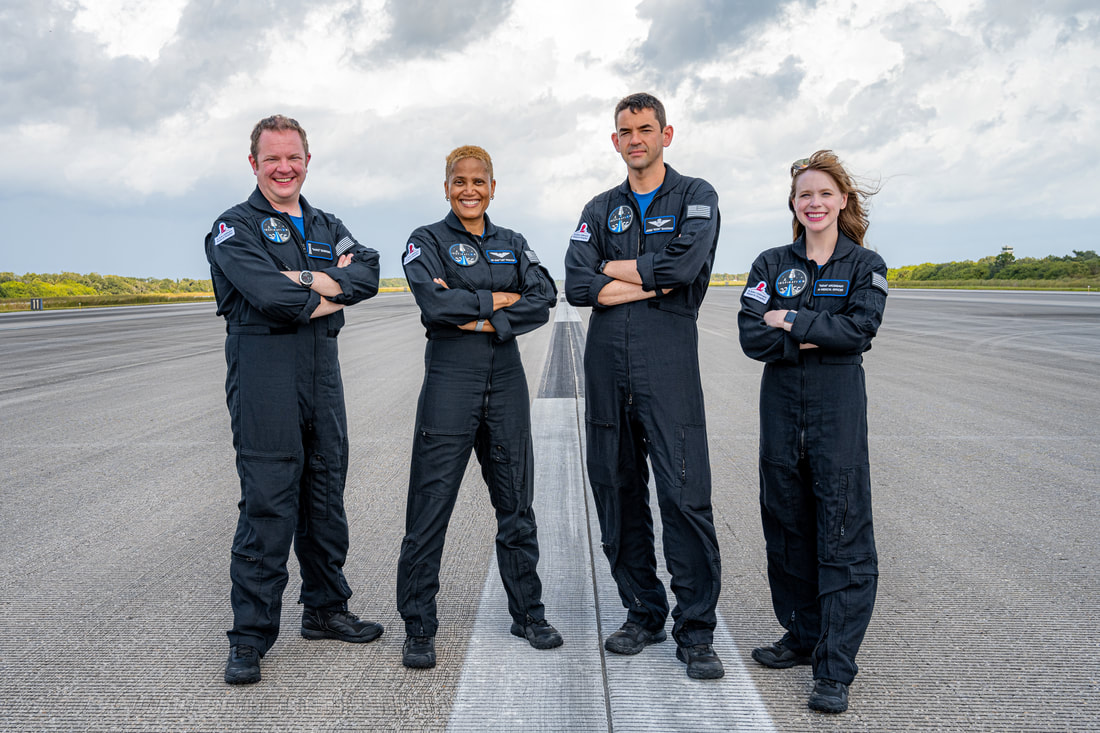

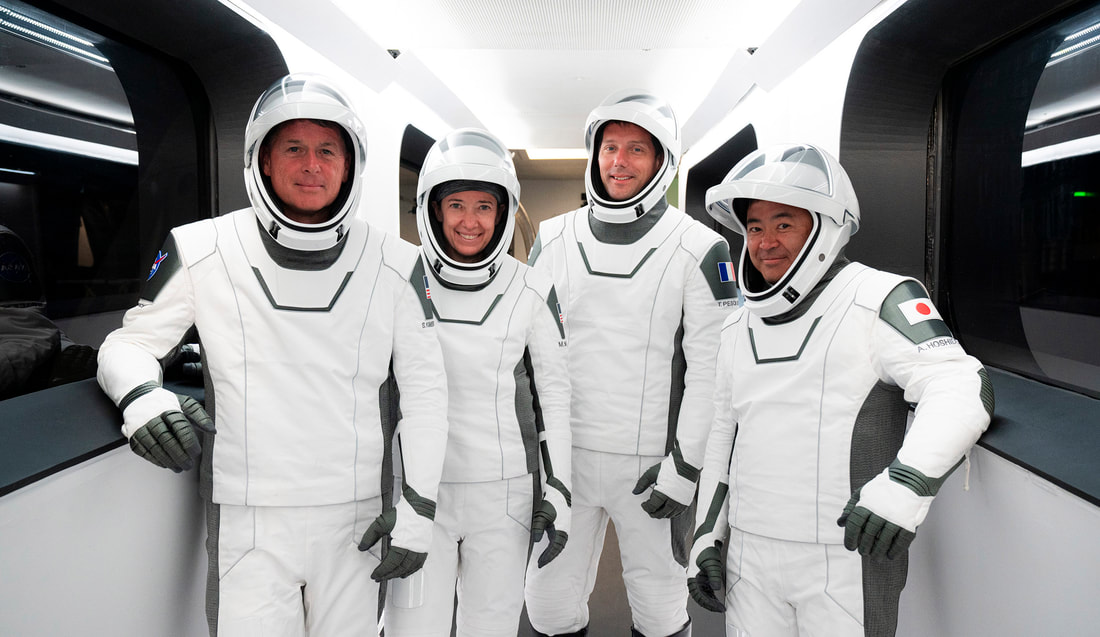
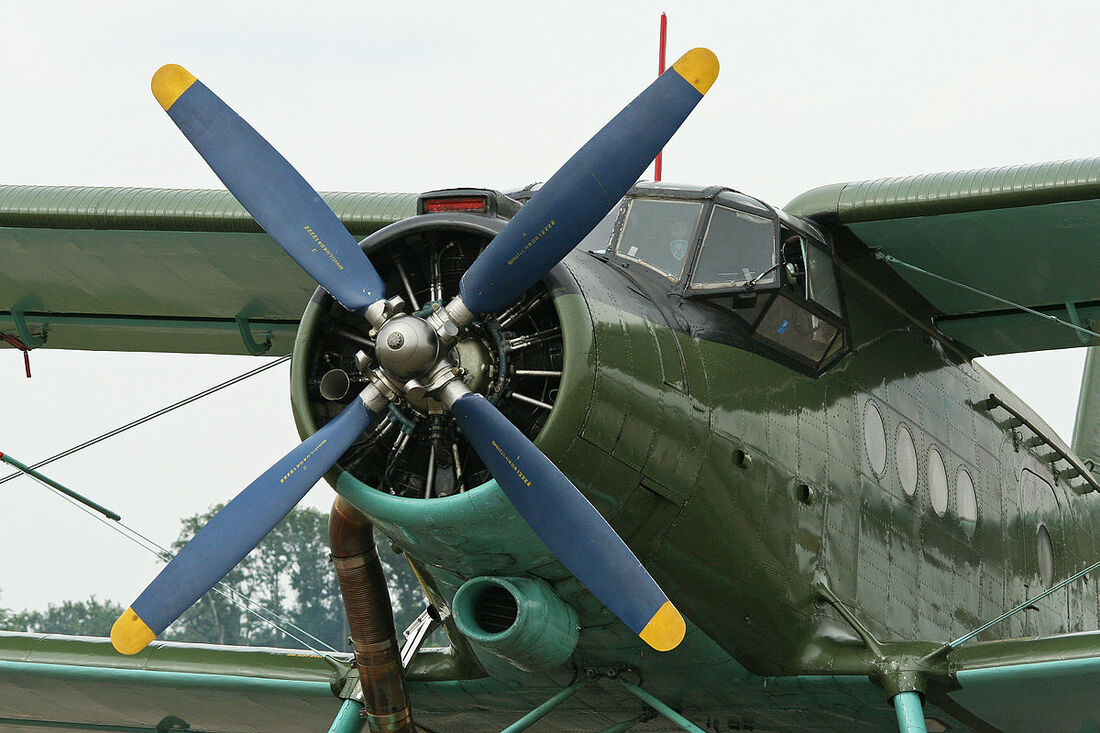


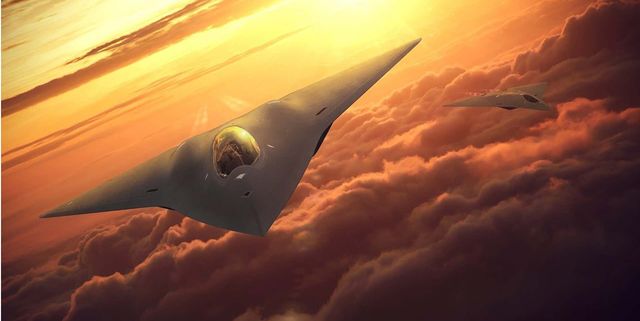
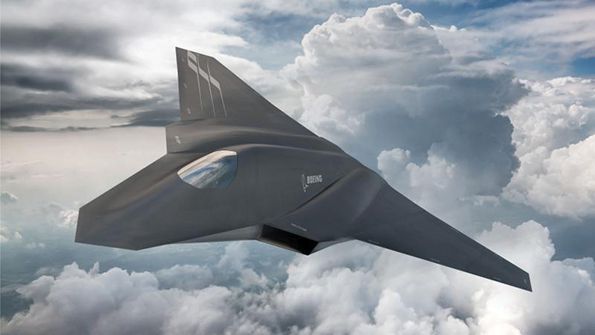
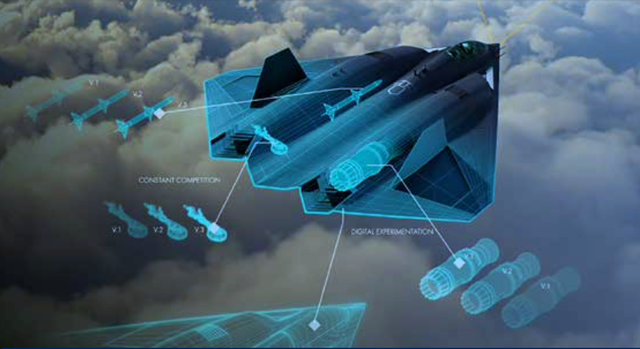

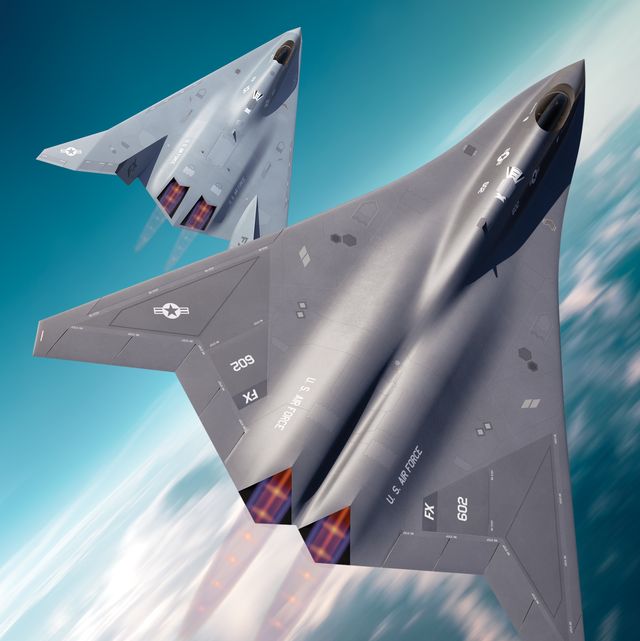
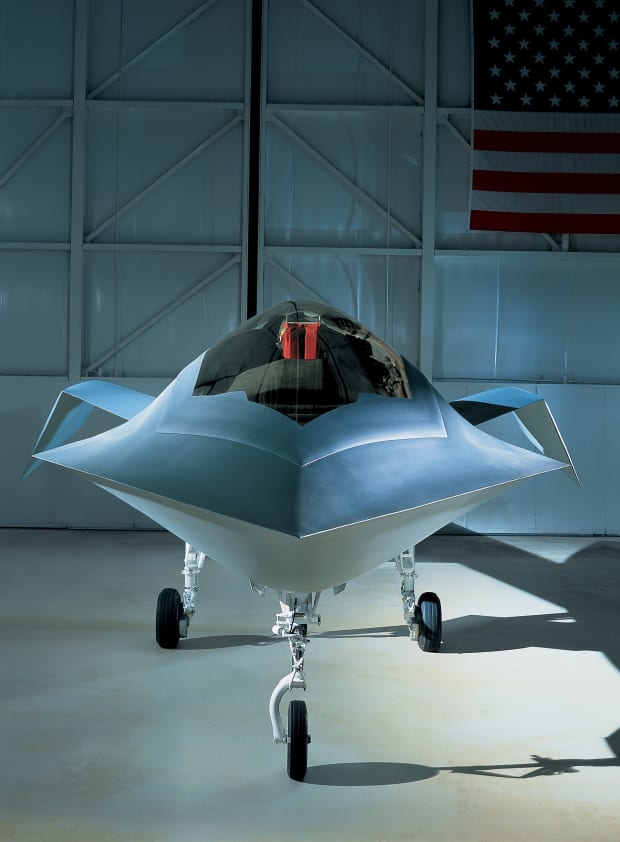
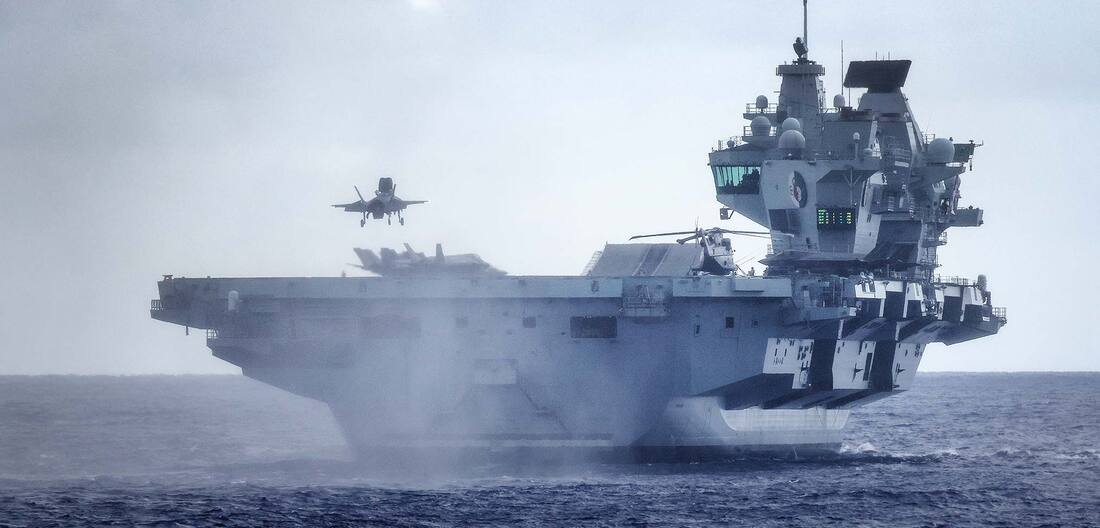
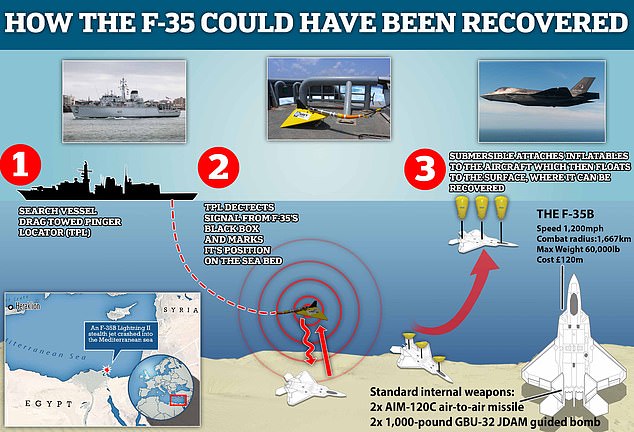
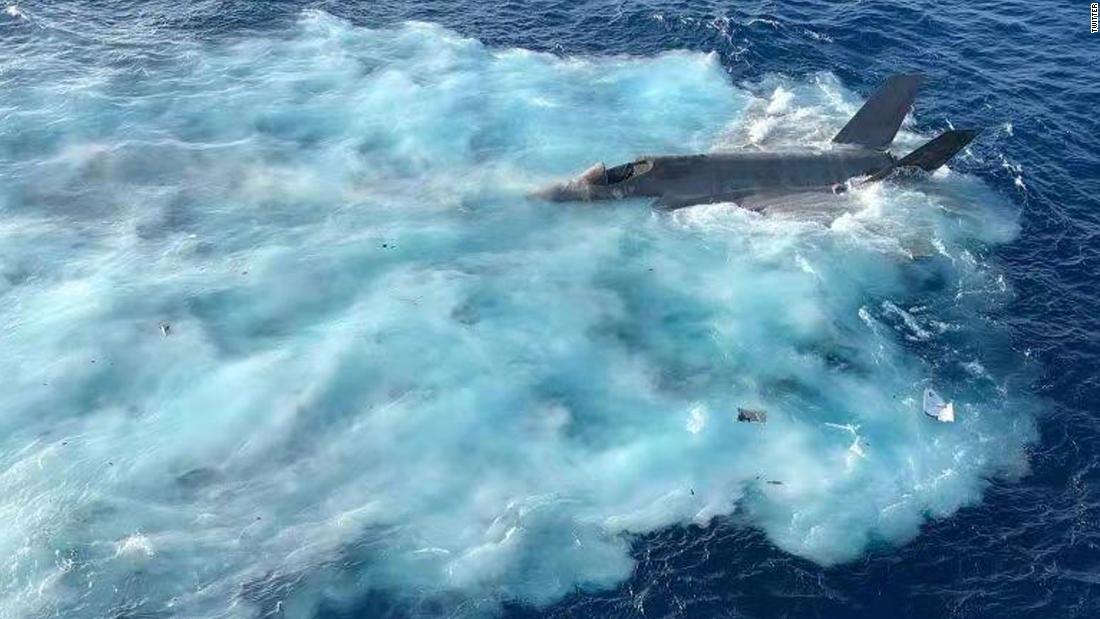
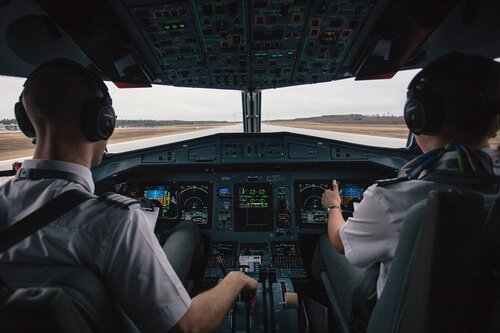
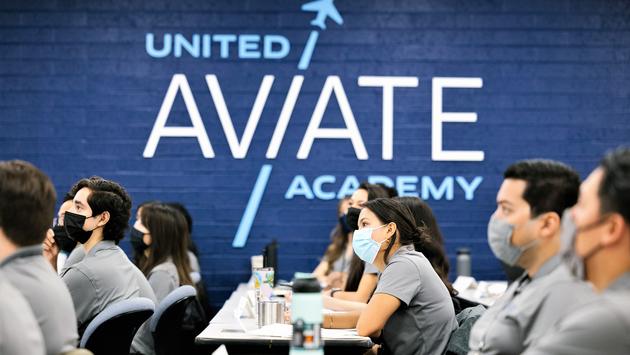

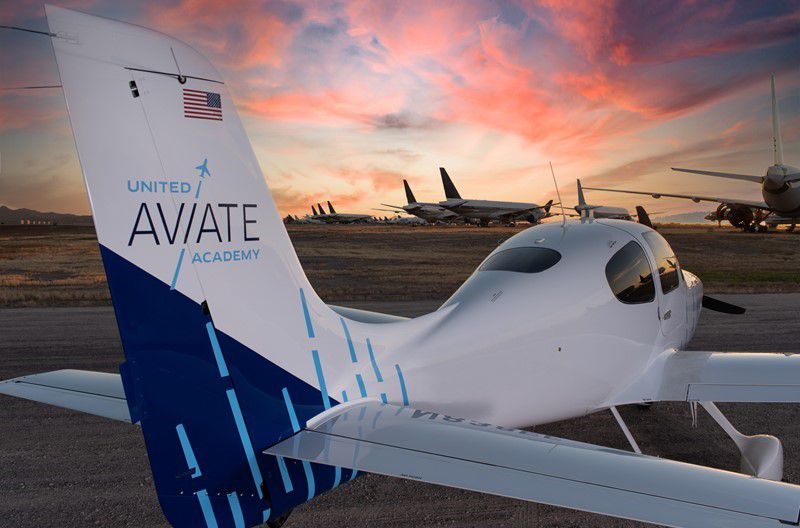
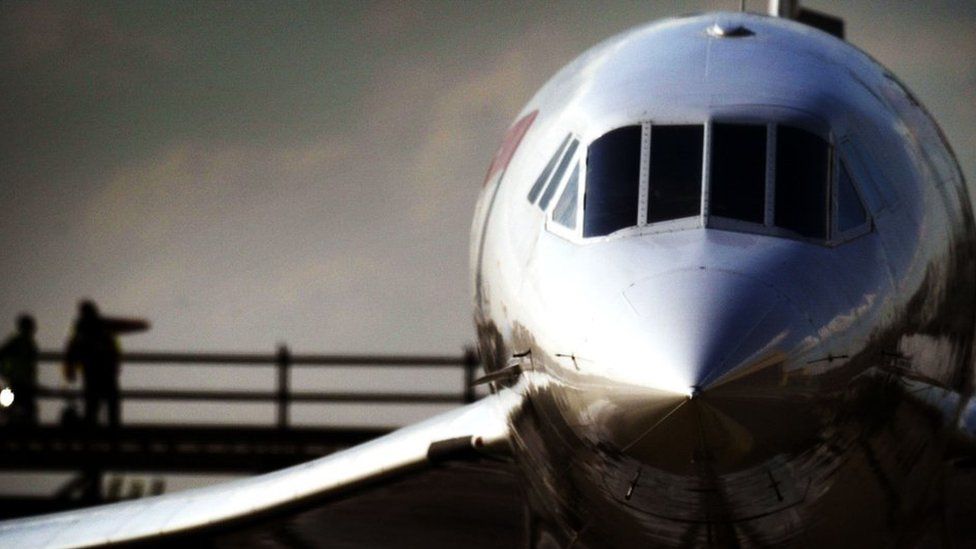
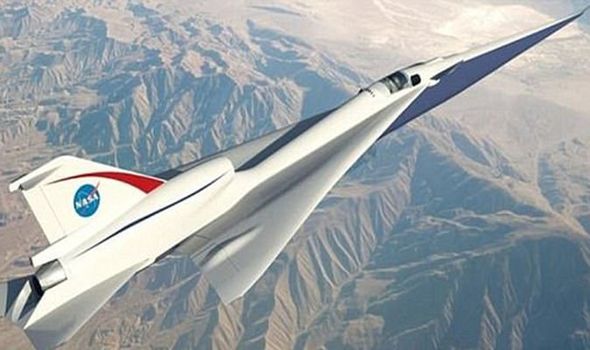

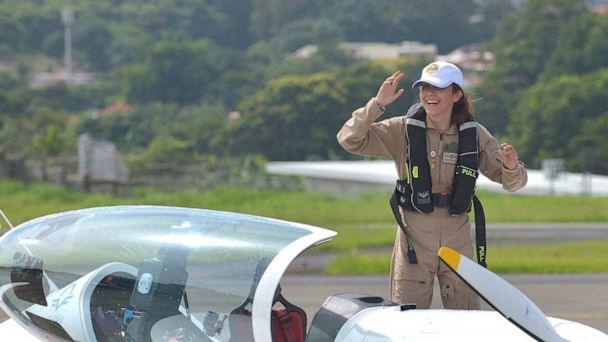

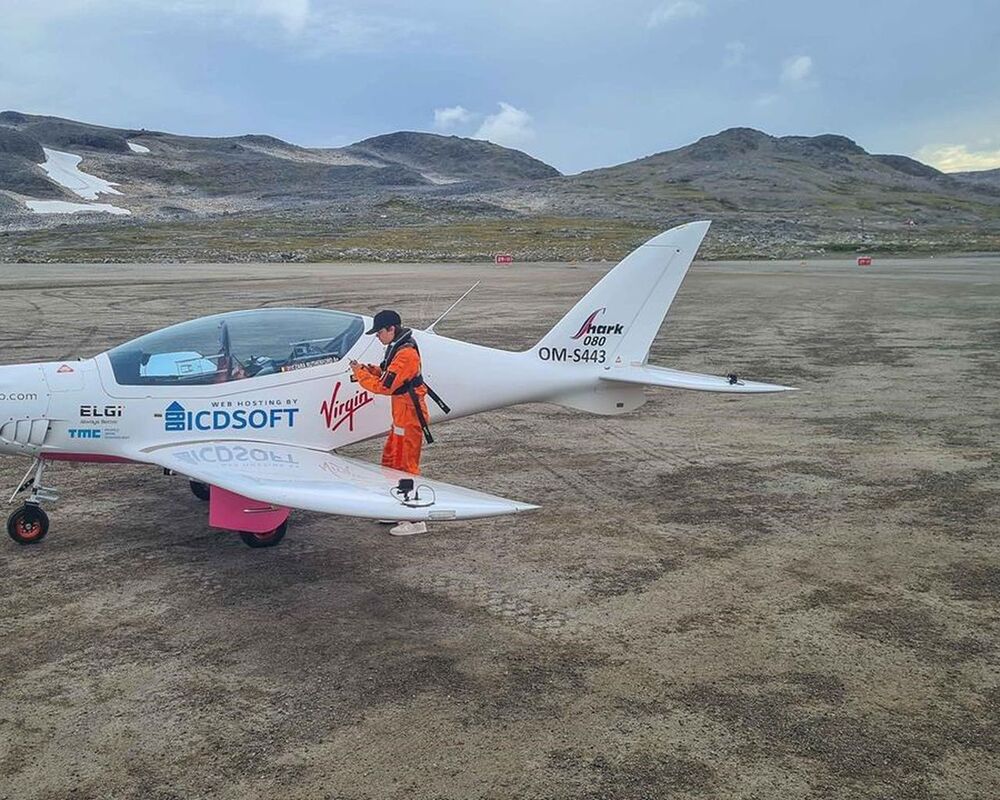
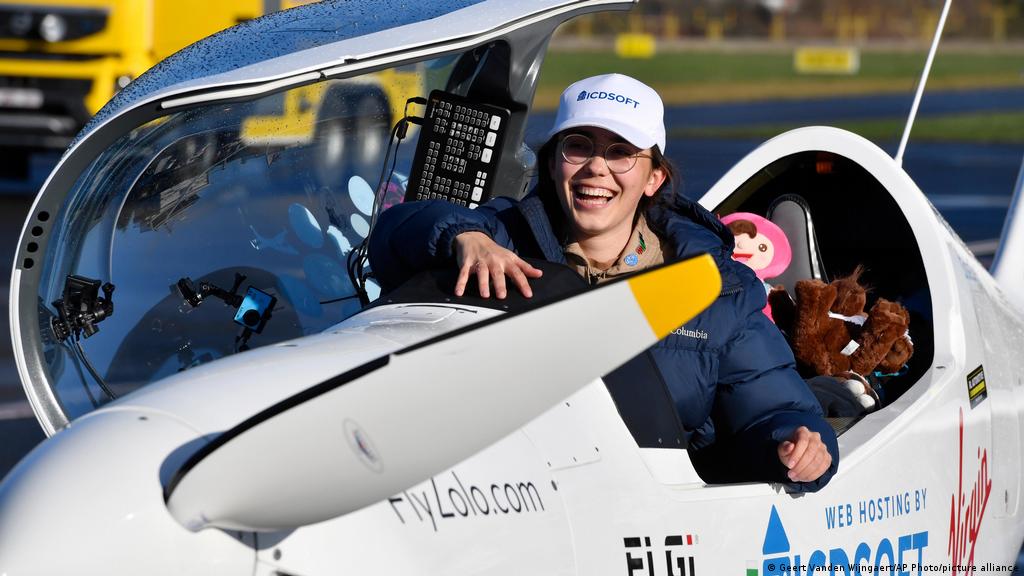
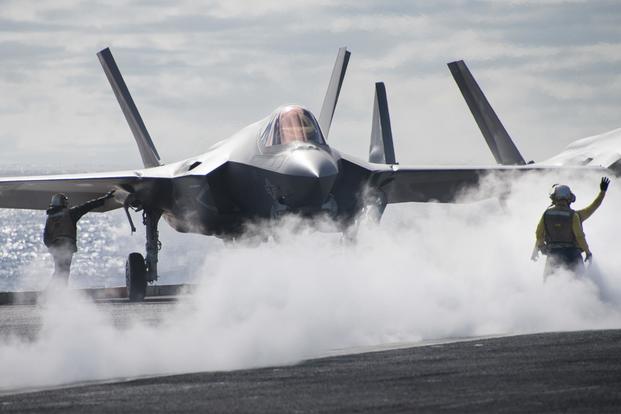
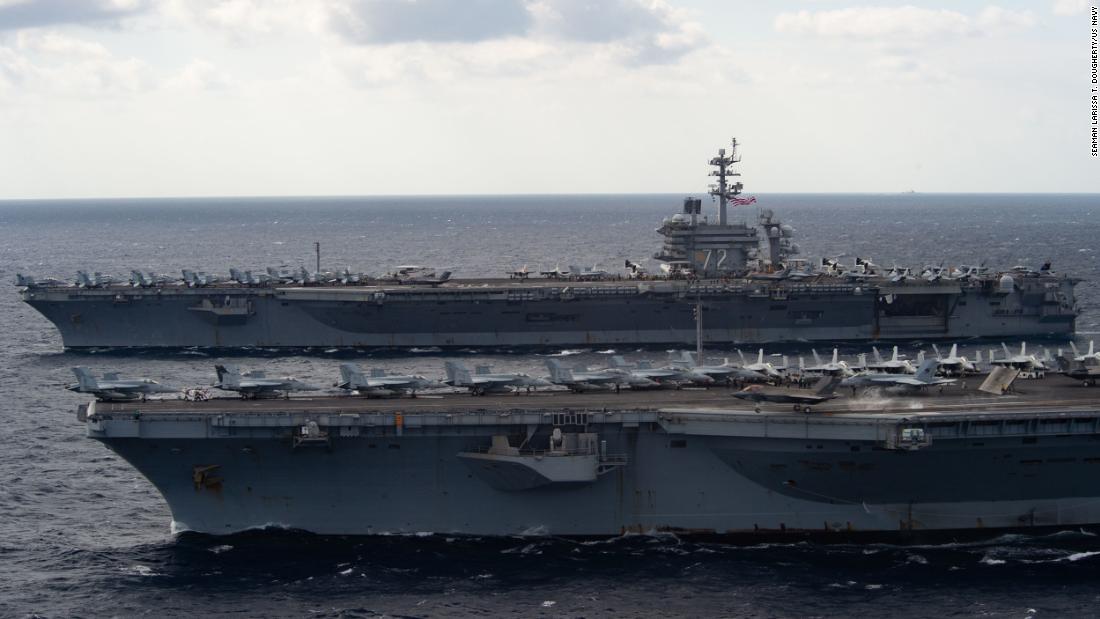
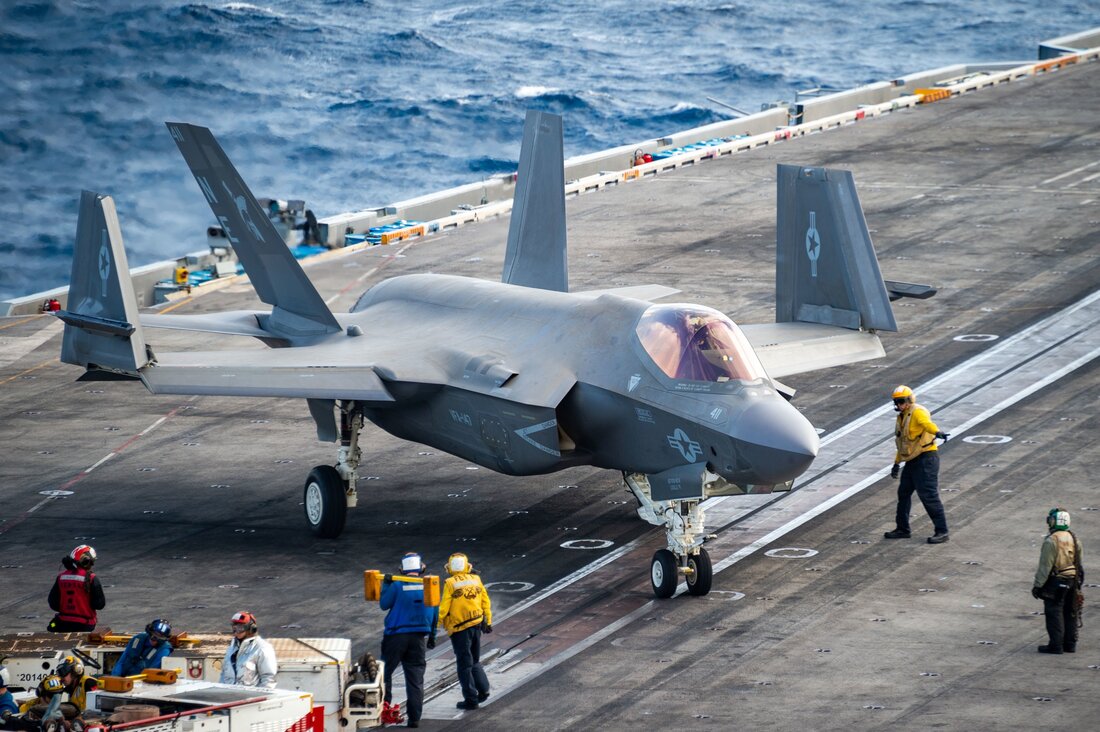
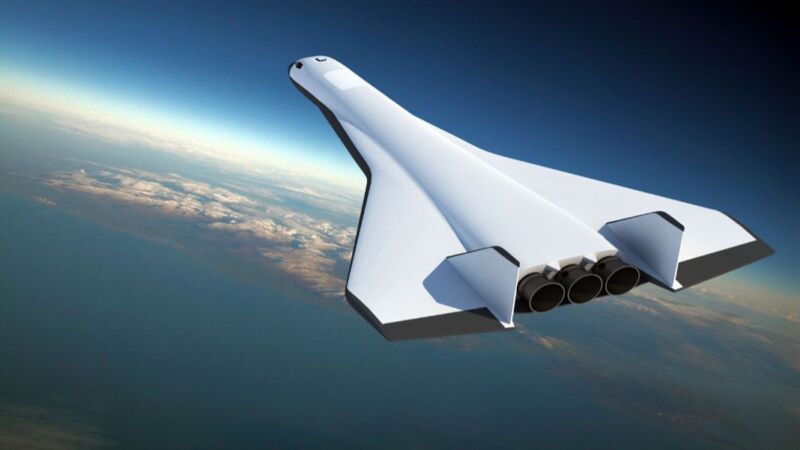
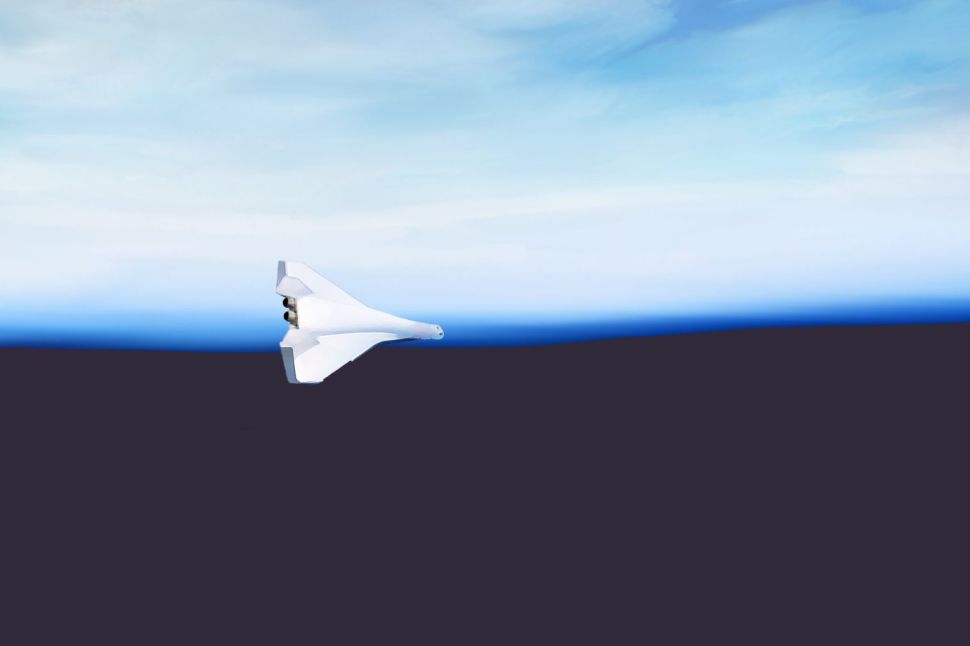
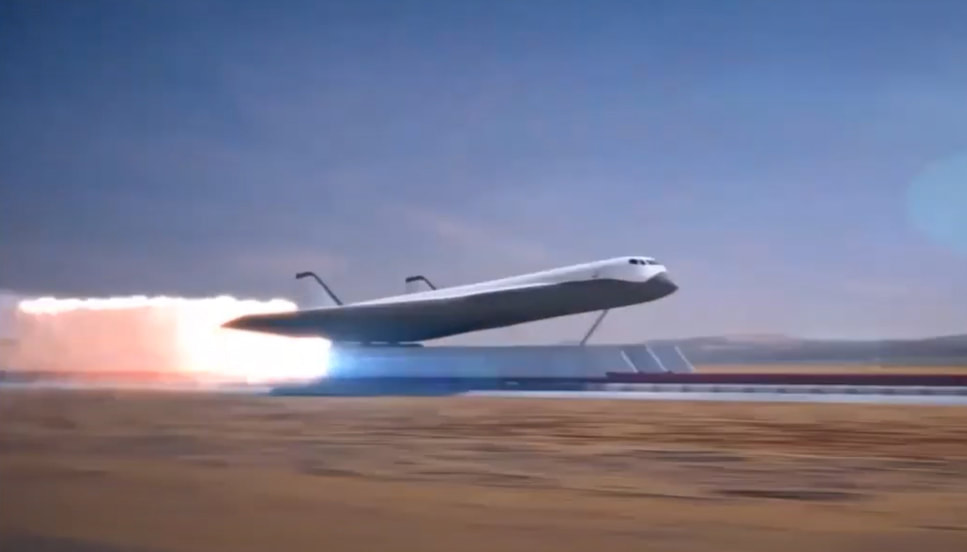


 RSS Feed
RSS Feed